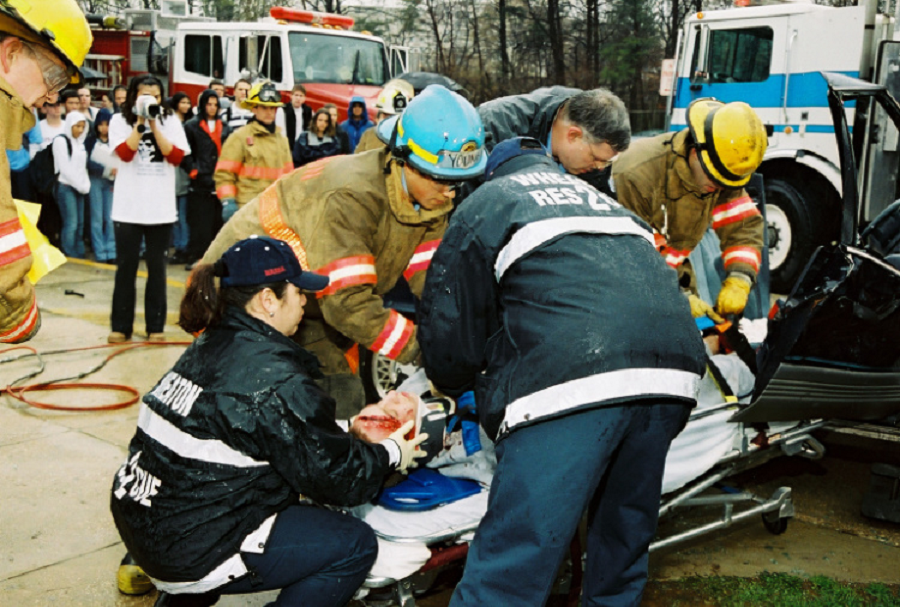The criminal justice system’s officers have a lot on their plates. These professionals work tirelessly in challenging — and all-too-often thankless — occupations, from those we rely on in a medical emergency to those we trust to protect justice. Is enough being done to protect them, as well as ourselves?
According to a recent study, firefighters commit suicide at a higher rate than those who die in the line of duty. In addition, hundreds of police officers throughout the country commit suicide each year. In recent years, suicide attempts and ideas have escalated, which is concerning. They are typically the result of trauma and emotional stress brought on by their employment.
First responders are regularly placed in dangerous — and often life-threatening — situations in this high-stress, high-risk jobs. Physical injuries, hazardous situations, traumatic events, and a variety of other variables could all harm their mental health. Long work hours, physical strain, and a lack of sleep are just a few examples of work-related concerns that have been linked to poor performance.
In comparison to the general population, 30 percent of first responders suffer from depression, PTSD, and other mental health disorders as a result of these events. The tension does not go away when they are not on duty, and it does not affect everyone in the same way. Officers and other members of the public safety community may have symptoms such as substance addiction, rage, anxiety, sleeping disorders, and digestive problems as a result of PTSD.
Mental health still carries a negative connotation, despite the fact that people with PTSD have access to resources and treatment. Although this stigma persists throughout the United States, it is especially pervasive in some industries. As a result of these institutional and cultural constraints, treatment is usually delayed, leaving public safety officers to deal with the crisis alone.
Thankfully, organizations are striving to raise public awareness about the impact of mental illness on current and former first responders. Support, counseling, and open communication have increased as a result of more preventive and educational measures.
Professional help is still required, even if peer support is useful. This type of assistance is accessible from a number of places. Despite the fact that public safety officers have a lot of free options, virtual help services are private. There are also organizations that you can call into if you need help manned by people who are aware of the time and effort required to keep the public safe.
We can do so much more to assist our health-care and public-safety heroes. It all starts with us all working together to raise awareness and eliminate the stigma associated with mental health treatment. The linked resource contains more information on how PTSD affects public safety employees.


